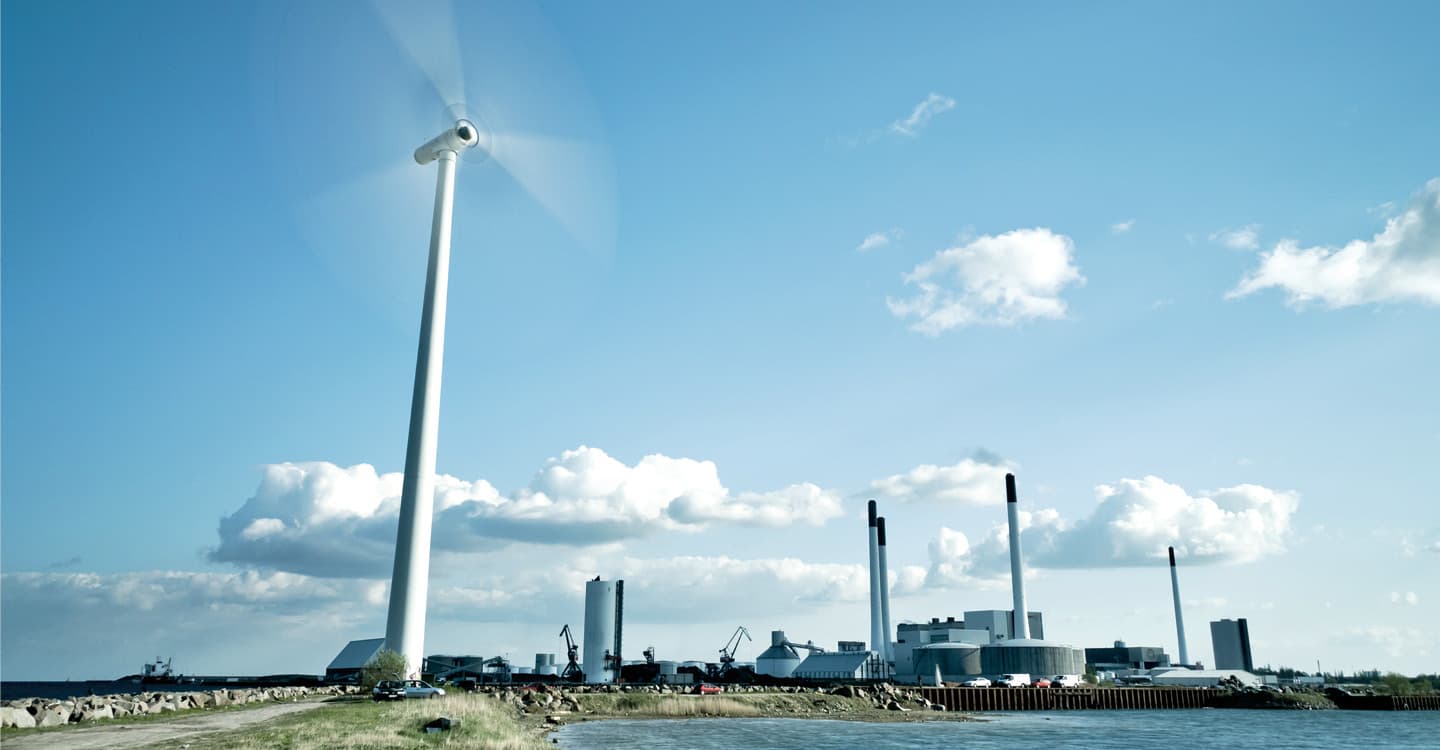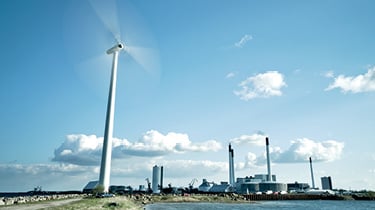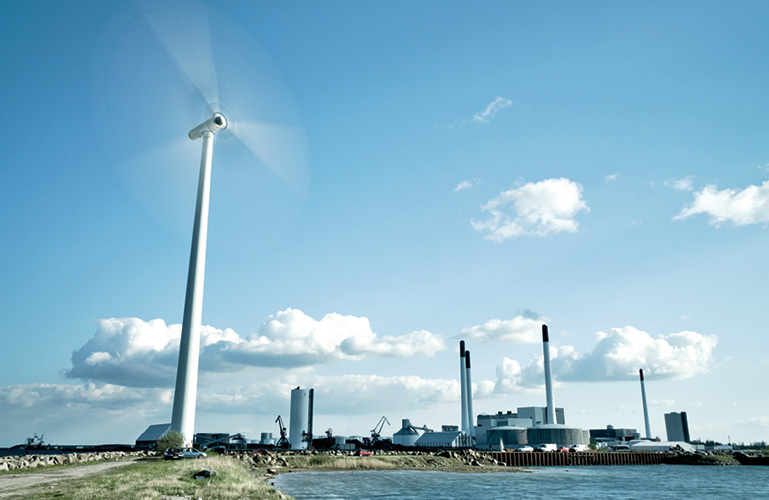Copenhagen used to be an industrial city. There were factories in the narrow streets and ships in the oil-stained harbor. Electricity came from smoke-emitting coal-fired power plants, and the air was smoggy.
Today, Denmark’s capital has been transformed into a much more environmentally friendly place. Offshore wind turbines generate much of the city’s electricity. Bicycle paths are three lanes wide on busy streets to accommodate the 43 percent of Copenhageners who regularly commute to work or school by bike. A new train line opening this year will put most residents within half a mile of a train station, reducing the need to drive.
To cut down on garbage, all apartment buildings now have eight different recycling bins so residents can recycle as much as possible. Nonrecyclable garbage goes to a high-tech incinerator, where it’s burned to generate heat for buildings.
Copenhagen used to be an industrial city. There were factories in the narrow streets and ships in the oil-stained harbor. Electricity came from smoke-emitting coal-fired power plants, and the air was smoggy.
But Denmark’s capital has been transformed. Today, it’s a much more environmentally friendly place. Offshore wind turbines generate much of the city’s electricity. Bicycle paths are three lanes wide on busy streets. The paths are big enough for the 43 percent of Copenhageners who regularly bike to work or school. A new train line opening this year will put most residents within half a mile of a train station. That’ll reduce the need to drive.
To cut down on trash, all apartment buildings now have eight different recycling bins. This helps residents recycle as much as possible. Nonrecyclable garbage goes to a high-tech incinerator. There, it’s burned to generate heat for buildings.



